Some fish can’t swim very well – how’s that for a paradox?!
That’s right, as absurd as it may sound, not all fish are strong swimmers. In fact, some species can scarcely swim at all, and have instead evolved some pretty ingenious ways to stay afloat in our seas, oceans, rivers, and lakes.
So, of all the sub-par paddlers in the world’s waters, which stand out as the fish that flounder the most? Let’s take a look at some of the species that rank as the world’s worst swimmers, many of which are on display right here at Bristol Aquarium.
Seahorses
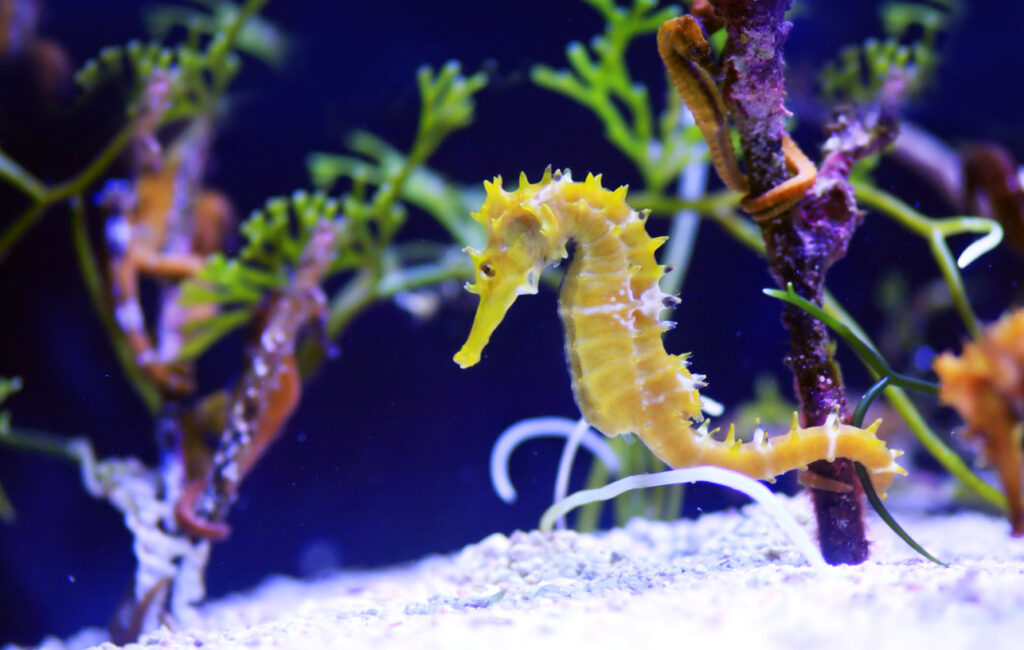
There are lots of attributes to seahorses (Hippocampus) that make them impressive and unique marine animals, but swimming isn’t one of them. Sure, they can propel themselves forward with their dorsal fins, but progress is slow and their body shape means they’re very unstable in the water.
Rather than relying on their abject swimming technique, then, seahorses use their powerful tails to anchor to nearby objects, including rocks, coral, and ship wrecks. This prevents them from being swept away in strong currents during feeding and breeding.
Clownfish
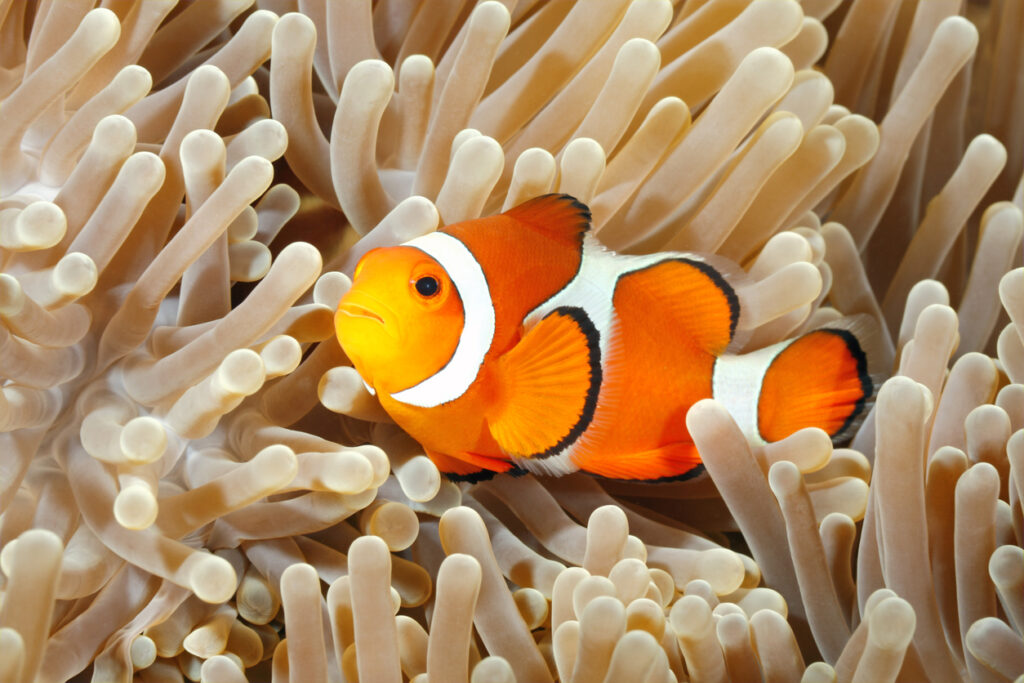
Marlin may have crossed the Pacific in search of Nemo, but did you know that the cute-as-a-button clownfish (Amphiprioninae) isn’t actually all that good at swimming?
It’s not that clownfish are unable to swim – they just choose not to. Once a clownfish has chosen an anemone in which to live, it will scarcely swim further than a few feet from its new home, meaning that the species hasn’t exactly evolved to have the strongest swimming technique of other tropical species out there.
Pufferfish
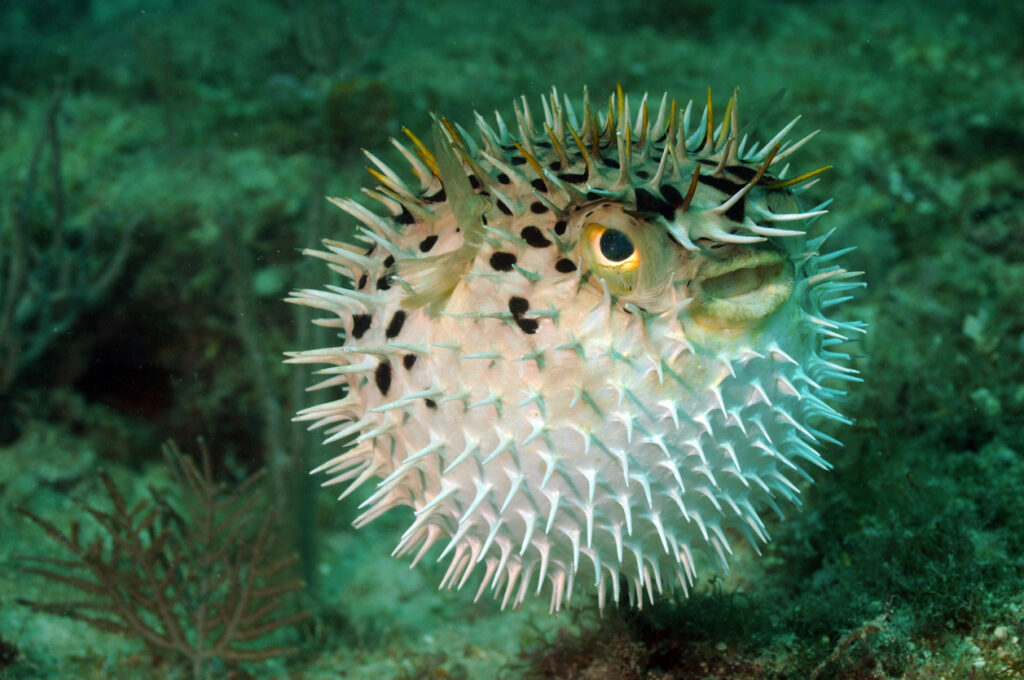
It’s safe to say that pufferfish (Tetraodontidae) aren’t the strongest swimmers in the big blue. Clumsy and ungainly in the water, these fish would stand little chance out-swimming predators. Lucky for them they have one of the most effective and ingenious defence mechanisms in the marine animal kingdom.
When threatened, pufferfish have evolved to literally “puff up”, tripling in size! So, what they lack in swim speed and agility, they make up for in sheer ferocity. Some pufferfish have sharp spines, like the Porcupine pufferfish, but they are only poisonous if eaten.
Batfish
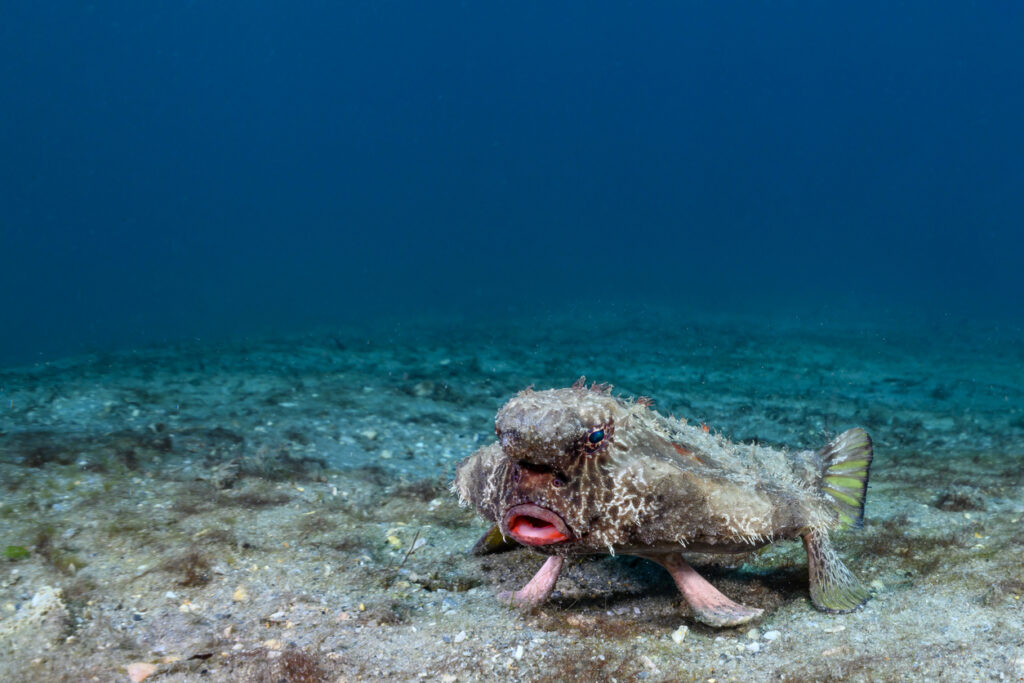
Batfish aren’t winning any races against their fellow fish anytime soon. In fact, these unusual bottom-dwellers can barely swim at all.
Instead, they scamper across the seafloor on their pectoral, pelvic and anal fins, rather like a frog or crustacean. Lucky for them, they have no natural predators – good news when you move this slowly. They are, however, at risk from the effects of coral bleaching and habitat loss, like so many marine creatures.
Stonefish
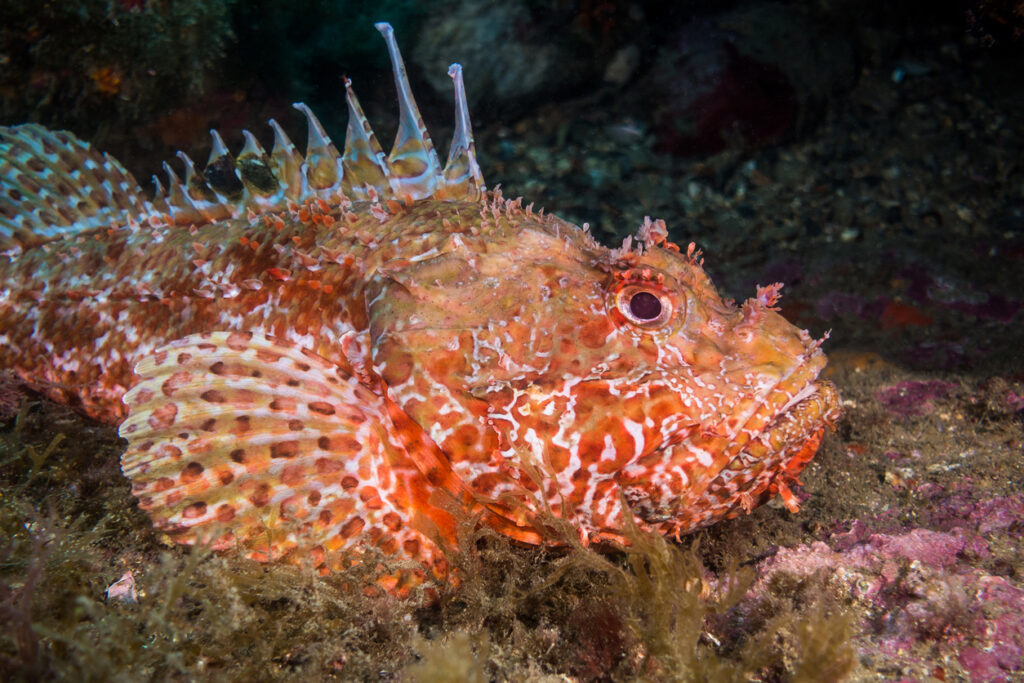
Stonefish aren’t ones for swimming vast distances at high speeds in search of a meal. Indeed, it’s in their best interest to stay as still as possible and wait for prey to come to them.
Why? Not only are stonefish armed with some of the deadliest venom in the ocean, but they also rely on camouflage and cover to hunt their prey. That’s why these prehistoric-looking bottom-dwellers are most often found hunkered on the seafloor, with their unique, fossil-like appearance doing all the work while they wait for prey to take the bait.
So there you have it – five of the poorest and slowest swimmers in our oceans. There are plenty of other less-than-quick paddlers out there, so if you’d like to learn more, be sure to chat to one of our experienced aquarists during your visit to Bristol Aquarium.
How to swim better than a fish
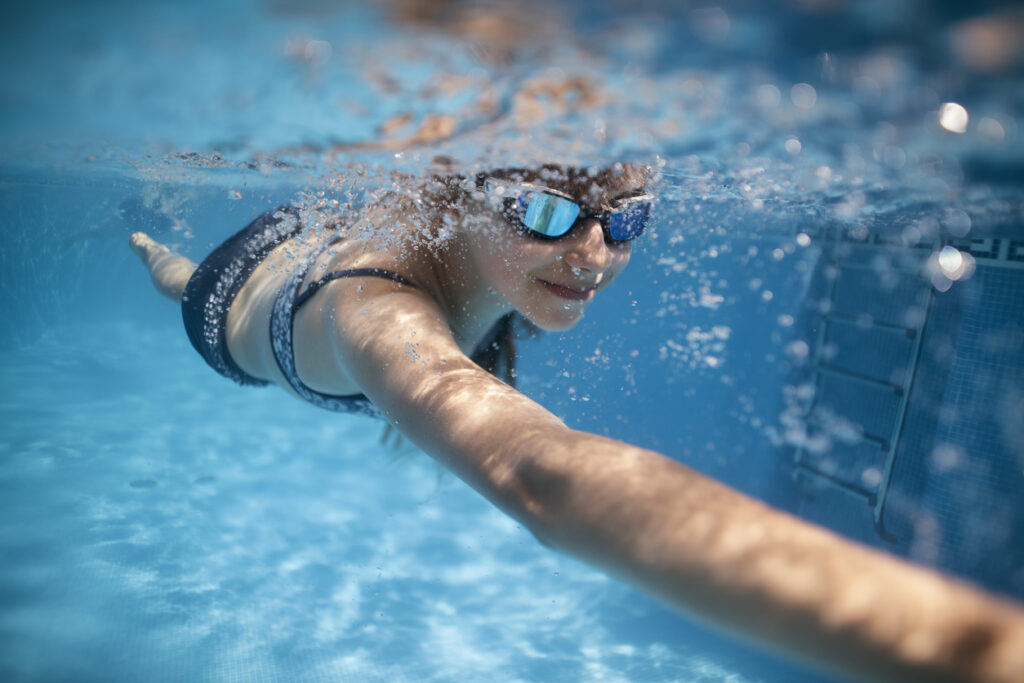
Now that we’ve established that not all fish are strong swimmers, we thought it would be nice to offer a few tips and insights on how to improve your own swimming technique. After all, there’s nothing better than feeling confident in the water…
- Kick like you mean it: Most of a swimmer’s power comes from the legs, so building a solid swim kick will serve you well.
- Maintain a high elbow position: If you like to front crawl, be sure to maintain a high elbow position on your pull stroke. That way you’ll quickly gain momentum and cut through the water at a much snappier pace.
- Work on your breathing: If there’s one thing guaranteed to hold you back as a swimmer it’s breathing. Learning to breathe while swimming is one of the most difficult aspects of swim training, but is something you’ll need to master if you want to go from a good swimmer to a brilliant one.
Seahorses, pufferfish, and batfish may not be the most adept swimmers in the pond, but each has developed a unique way to cope with the demands of life beneath the ocean waves. If you’d like the opportunity to see some of the sea’s poorest paddlers in the flesh, book your tickets to Bristol Aquarium today.
